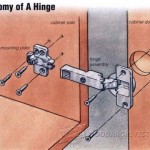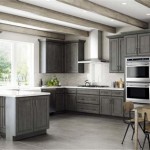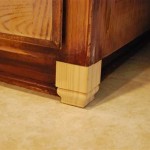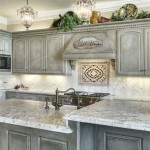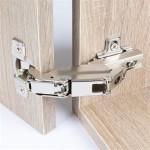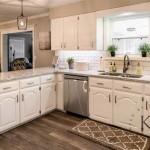Replace Veneer On Kitchen Cabinets: Essential Aspects to Consider
Understanding the part of speech of the phrase "Replace Veneer On Kitchen Cabinets" is crucial to grasping its function and relevance in the context of kitchen renovation. The phrase serves as a noun phrase, representing an action or task that involves removing existing veneer from kitchen cabinets and installing new veneer. This process plays a vital role in enhancing the aesthetic appeal and functionality of kitchen cabinetry. To ensure a successful veneer replacement project, several essential aspects must be carefully considered. These include the selection of the appropriate veneer material, the preparation of the cabinet surfaces, the application technique, and the finishing touches. By addressing these aspects effectively, homeowners can achieve stunning results that rejuvenate their kitchen spaces. ### Choosing the Right Veneer Material The type of veneer used significantly impacts the overall appearance and durability of the cabinets. Natural wood veneers, such as oak, maple, and cherry, provide a classic and timeless look, offering a wide range of colors and grain patterns. However, engineered veneers, made from reconstituted wood fibers, are more affordable and resistant to moisture and warping. Selecting the right veneer depends on personal preferences, budget, and the desired style of the kitchen. ### Preparing the Cabinet Surfaces Before applying new veneer, it is crucial to thoroughly clean and prepare the cabinet surfaces. This involves removing any existing finish, sanding the surfaces smooth, and filling any imperfections. Proper preparation ensures a strong bond between the veneer and the cabinet, preventing peeling or bubbling in the future. ### Applying the Veneer The application of veneer can be done using contact cement or an iron-on method. Contact cement provides a strong adhesive bond, but requires careful application and proper ventilation. The iron-on method involves using a heat press or iron to activate the adhesive on the veneer and bond it to the cabinet surface. Choosing the appropriate method depends on the type of veneer used and the available tools. ### Finishing Touches After the veneer has been applied, it is important to protect and enhance its appearance with finishing touches. This includes sanding the surface to remove any excess adhesive or unevenness, and applying a protective finish such as polyurethane or lacquer. The finish protects the veneer from scratches, stains, and moisture, ensuring its longevity and preserving its aesthetic appeal. In conclusion, successfully replacing veneer on kitchen cabinets requires careful consideration of essential aspects such as material selection, surface preparation, application technique, and finishing touches. By understanding the part of speech of the phrase, homeowners can appreciate the significance of these aspects and approach the renovation project with confidence, transforming their kitchen spaces with stunning and durable cabinetry.
Refinishing Kitchen Cabinets Modern Refacing Made Easy Wisewood

Diy Cabinet Refacing Budget Friendly Made Easy Wisewood

How To Reface Kitchen Cabinets With Veneer

Diy Cabinet Refacing Budget Friendly Made Easy Wisewood

Refinishing Kitchen Cabinets Modern Refacing Made Easy Wisewood

How To Reface Kitchen Cabinets With Self Stick Veneer

Refinishing Kitchen Cabinets Modern Refacing Made Easy Wisewood

How To Use Wood Veneer Reface Kitchen Cabinets Diy Cabinet Update

How To Resurface Kitchen Cabinets 2024 Guide Forbes Home
How To Repair Warped Cabinet Veneer Ifixit Guide
Related Posts



